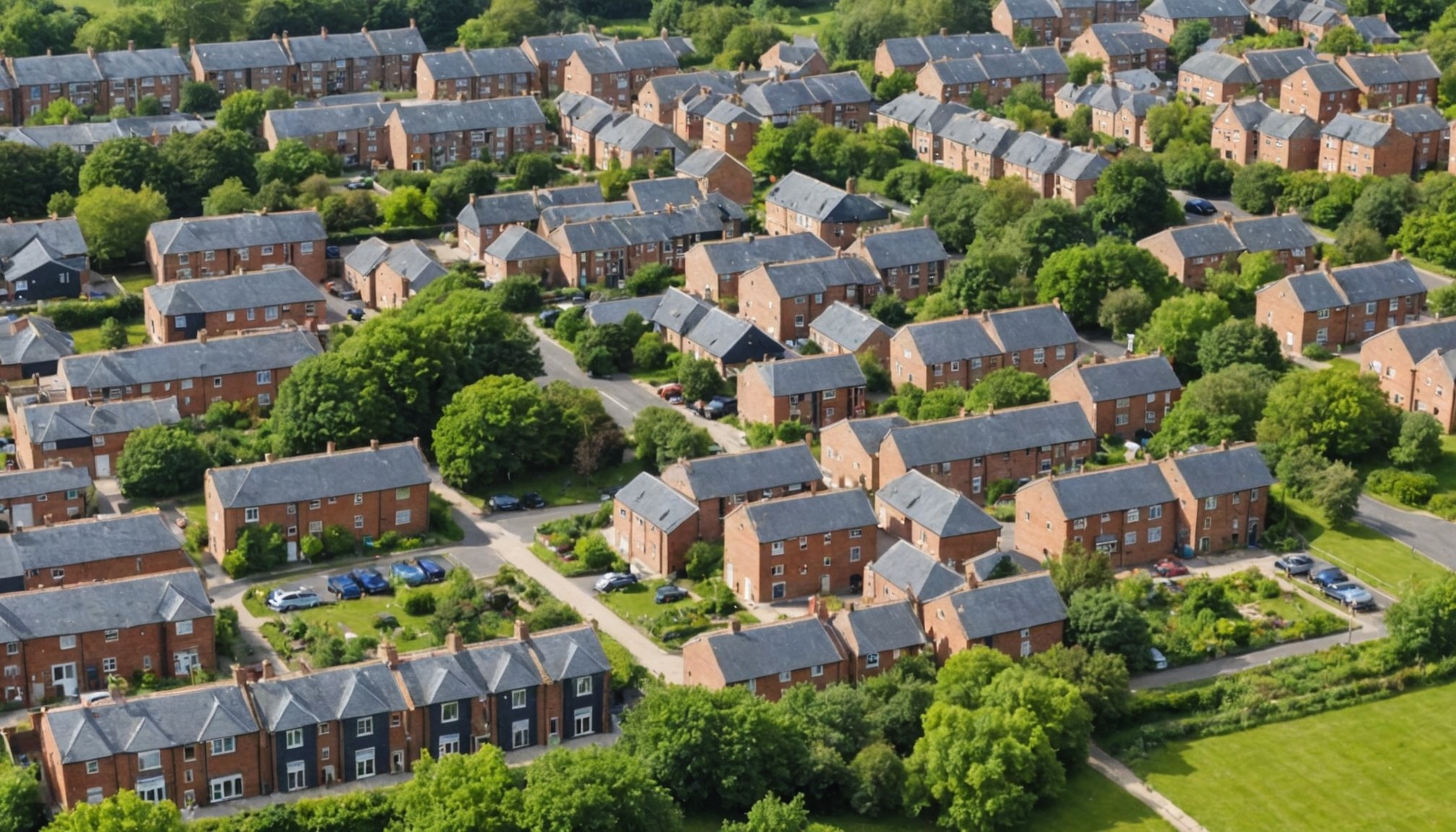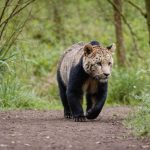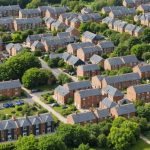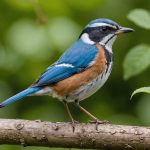Importance of Biodiversity in Urban Housing Developments
Biodiversity plays a crucial role in urban ecosystems, especially within housing developments. It supports a wide range of ecosystem services, such as air purification, climate regulation, and pest control, which are essential for sustainable living. By incorporating biodiversity into housing projects, urban areas can enhance their wildlife conservation efforts in the UK and beyond.
The implementation of wildlife-friendly practices in urban housing developments brings numerous benefits. These practices include creating habitats for native species, using sustainable materials, and preserving existing natural landscapes. They contribute to a healthier environment by supporting pollinators, improving soil quality, and increasing resilience to climate change. Residents of these biodiverse urban environments enjoy improved air quality and increased well-being due to closer proximity to nature.
In the same genre : Key strategies for ensuring safety during animal escapes at uk wildlife parks
The statistical impact of reduced biodiversity on urban environments is significant. Studies have shown that diminished biodiversity can lead to poorer ecosystem health, reduced ability to adapt to environmental changes, and weakened food security. Urban areas lacking biodiversity see a decline in native species, disrupted ecosystem functions, and an overreliance on non-native and invasive species, which can harm local flora and fauna.
Encouraging biodiversity in urban housing not only fosters vibrant ecosystems but also enhances quality of life for human residents, creating a sustainable and symbiotic relationship between nature and city life.
Also read : Transform your uk garden into a wildlife haven: expert tips for attracting birds and small mammals
Innovative Approaches to Biodiversity in UK Urban Housing
In the quest to enrich biodiversity urban housing, innovative methods are reshaping city landscapes, enhancing the role of wildlife-friendly designs in urban development. These designs not only redefine aesthetics but also ensure environmental sustainability.
Green Roofs and Vertical Gardens
Green roofs and vertical gardens are prime examples of innovative practices in urban housing. They offer greenery in limited spaces, providing habitats for species while improving urban aesthetics. These gardens help reduce urban heat, improve air quality, and increase green space availability, offering essential resources for urban wildlife.
Native Plant Landscaping
Native species are crucial in promoting local wildlife, an aspect well-emphasized in innovative urban housing. Landscaping with indigenous plants ensures that local ecosystems thrive. Such practices conserve water, reduce the need for fertilizers, and provide natural habitats, sustaining local flora and fauna.
Wildlife Corridors and Green Spaces
Integrating wildlife corridors in urban planning maintains ecosystem health by facilitating species migration. These green spaces act as connectors, preserving biodiversity and ensuring urban landscapes are conducive to wildlife movement and habitat formation.
These innovative practices highlight a transformative approach to urban development, fostering a symbiotic relationship between urban areas and nature, crucial for a sustainable future in the UK.
Successful Case Studies in the UK
Examining case studies of biodiversity urban housing in the UK helps illuminate strategies that bolster urban wildlife conservation. Notable projects have demonstrated remarkable success in this area, showcasing how thoughtful design fosters vibrant ecosystems.
One prominent example is the BedZED development in South London, renowned for its emphasis on sustainability and biodiversity. This project employed diverse wildlife-friendly designs such as green roofs and community gardens, enhancing local wildlife populations by providing habitats and corridors for species. Reports indicate increased bird and insect diversity, substantiating the benefits of innovative practices.
In contrast, the Barton Park development in Oxford exemplifies the integration of extensive green spaces, setting new standards in urban biodiversity. Comprising significant habitats like woodlands and wetlands, it fosters ecological richness, serving as a blueprint for future developments.
A key to success in these projects is collaboration with environmentalists who inform biodiversity strategies. For instance, environmental advisers at these sites have shared testimonials highlighting how new architectural elements cater to native species, transforming urban areas into wildlife havens.
These successful projects reflect how urban housing can directly contribute to ecological preservation while improving inhabitants’ quality of life, driving forward the agenda of urban wildlife conservation in the UK.
Practical Guidelines for Incorporating Biodiversity
Incorporating biodiversity strategies into housing design is essential for creating vibrant urban ecosystems. Practical guidelines can guide architects and developers in this endeavour, ensuring the flourishing of local wildlife.
Design Features to Encourage Wildlife
Architectural elements like green roofs and nesting boxes play a pivotal role in creating habitats for species. These features can be integrated into residential projects to encourage urban wildlife. Permeable surfaces and rain gardens enhance water management, benefiting both plants and animals. By prioritizing these elements, urban environments become more conducive to biodiversity.
Community Involvement and Education
Engaging local communities in conservation is crucial for sustainable urban development. Initiatives like community gardens or wildlife workshops foster a shared sense of ownership and awareness. Educational programs, aimed at promoting wildlife protection, can empower residents to actively participate in conservation efforts. Informed communities are more likely to support and maintain biodiversity initiatives.
Maintenance and Long-term Sustainability
The success of biodiversity in urban housing depends on ongoing maintenance. Collaborations with conservation organisations can provide valuable insights and support. Regular monitoring of biodiversity features and habitat health is necessary for adapting strategies and ensuring long-term sustainability. By consistently aligning maintenance with conservation goals, developers can support resilient ecosystems that benefit all residents.
Comparing Traditional vs. Innovative Approaches
The contrast between traditional methods and innovative comparisons in urban housing development reflects varying strategies in enhancing biodiversity conservation. Traditional approaches often prioritize economic efficiency and urban expansion over ecological considerations. These methods typically involve standardized landscaping, limited use of native species, and minimal inclusion of wildlife-friendly infrastructures, which can lead to a decline in urban biodiversity.
Conversely, innovative practices integrate environmental sustainability with urban planning, focusing on enhancing ecosystem services. For instance, wildlife-friendly designs such as green roofs and corridors aid in species movement and habitat creation. These approaches honour ecological integrity, promoting healthier urban environments.
The environmental impact analysis of these approaches indicates significant differences in biodiversity outcomes. Traditional methods often result in deteriorated local ecosystems and a reduction in native wildlife, while innovative approaches have shown positive results, including increased species diversity and resilience to climate change.
Looking towards the future, the trend in urban housing development leans more towards integrating conservation strategies into planning processes. This shift supports a sustainable, synergetic relationship between cities and nature, safeguarding biodiversity for future generations. As awareness grows, the adoption of these innovative practices is expected to expand within the wildlife conservation UK agenda, positively influencing urban landscapes.











